Contrast sensitivity is a measure of the amount of contrast required to detect or discriminate an object.
The assessment of spatial vision is informative for a number of reasons:
- Contrast sensitivity function (CSF) is more informative than visual acuity in describing an observer’s spatial vision abilities.
- Contrast sensitivity shows a high correlation with daily activities, such as reading, searching and recognising objects, navigating through a maze.
- The shape of the CSF can be indicative of underlying visual conditions, such as age-related macular degeneration, glaucoma, amblyopia, and most cone-rod dystrophies.
- Contrast sensitivity tests are not limited to central vision and can be used to detect and monitor disorders that affect peripheral vision.
How can I measure spatial contrast sensitivity?
Spatial contrast sensitivity has traditionally been measured using sinusoidal gratings of different spatial frequency, like the ones showed in Figure 1. The adoption of these patterns follows the discovery of cortical neurons involved in the early stages of the visual processing which are optimally “tuned” to such patterns.

low frequency 
medium frequency 
high frequency
Metropsis allows investigators to measure contrast sensitivity by presenting a test pattern and repeatedly adjusting the contrast until it is just visible. In simple terms, the contrast represents the brightness difference between the dark and bright bars of the grating. Figure 2 shows an example of two gratings with different contrast.

high contrast 
low contrast
Figure 3 shows a typical contrast sensitivity function (red line) measured with Metropsis in an adult with normal vision. The contrast sensitivity function has been plotted approximately in correspondence of the subject’s contrast threshold.
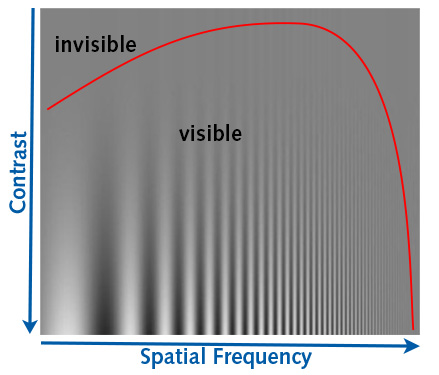
The CSF varies with changes in light levels (see Figure 4) and with age1,2. However, the rate of change due to aging is different across light levels, as the mesopic CSF starts to decline in the 50s well before the photopic CSF. This could be due to the age-related reduction in the number of rods in the parafovea3,4, which is more severe in cases of AMD5.
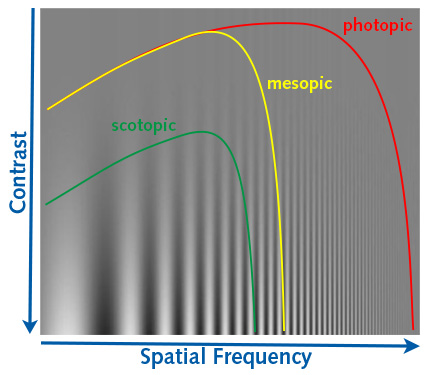
How can I measure contrast sensitivity with Metropsis?
Metropsis provides a fast contrast sensitivity test which is designed to measure a complete CSF in approximately 5 minutes.
When the investigator launches the CSF test from the Metropsis App, Metropsis automatically presents a series of gratings on the CRS Display++ LCD monitor over a wide dynamic range. The monitor contains an integrated real-time sensor system, which enables the display to remain calibrated over time.
The grating is displayed in the centre of the screen (Figure 5) at 5 different spatial frequencies, which are selected in the range 1 to 18 cycles per degree.
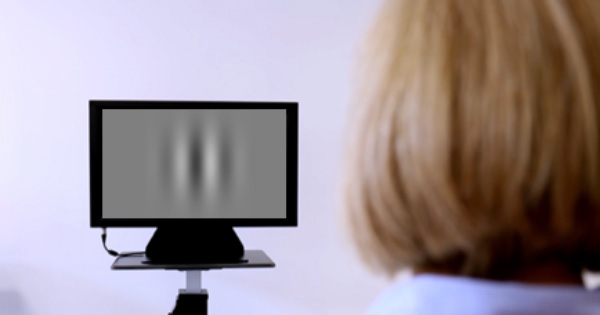
During the test, a quick adaptive procedure randomly presents the grating in a vertical or a horizontal orientation. The observer is instructed to report the orientation of the grating by pressing either of two keys on the response box.
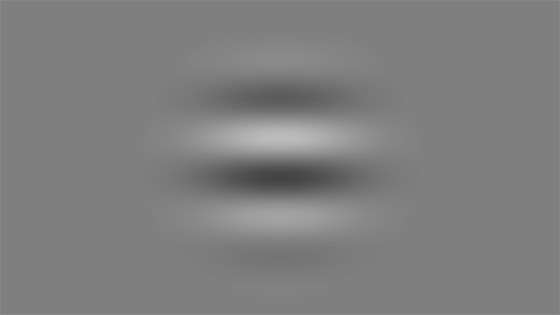
horizontal grating 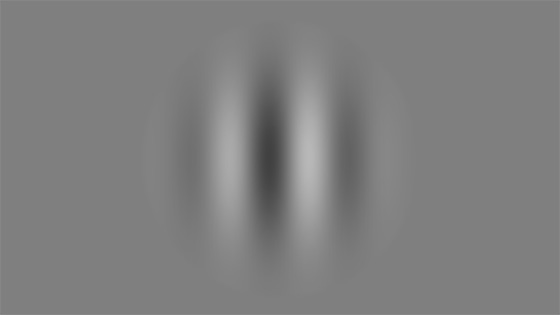
vertical grating
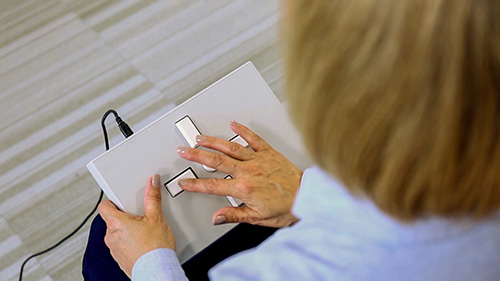
If the observer answers correctly, on the next presentation the grating contrast decreases; if the observer answers incorrectly, the grating contrast increases. This procedure is designed to find the minimum contrast required to discriminate the orientation of the grating.
This adaptive procedure continues until a contrast threshold is found for each spatial frequency.
During the experiment, the examiner can monitor the performance of the subject from the Metropsis App.
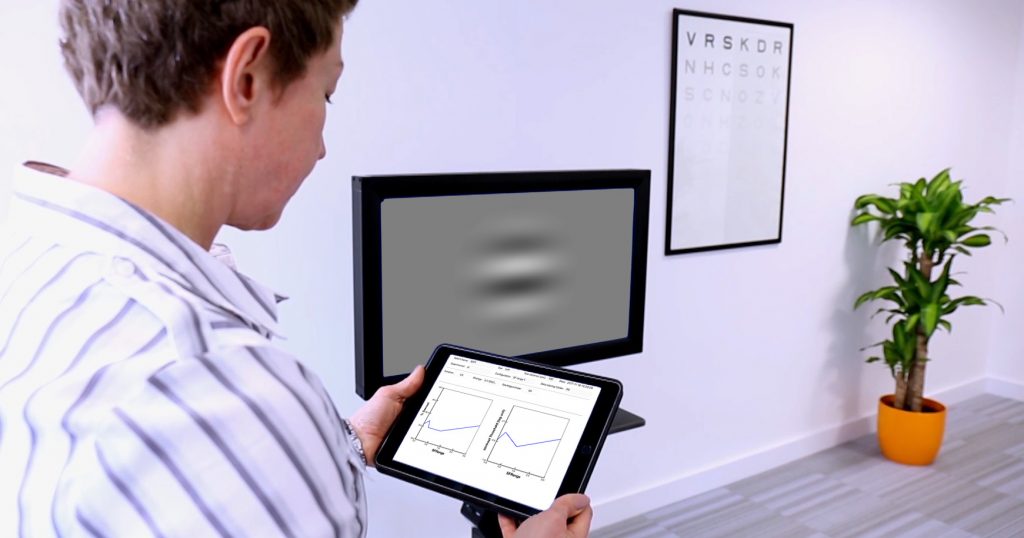
Metropsis offers a quick and reliable test for measuring contrast sensitivity over a large range of spatial frequencies. The higher the number of spatial frequencies used, the more accurate the estimate of the CSF peak and cut-off frequency.
As soon as the test terminates, the results are immediately available on the Metropsis App in a table format (Figure 9) as well as in a graphical representation (Figure 10).
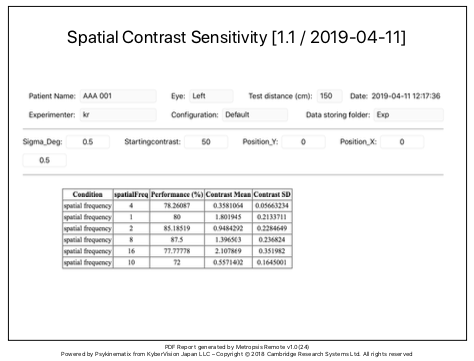
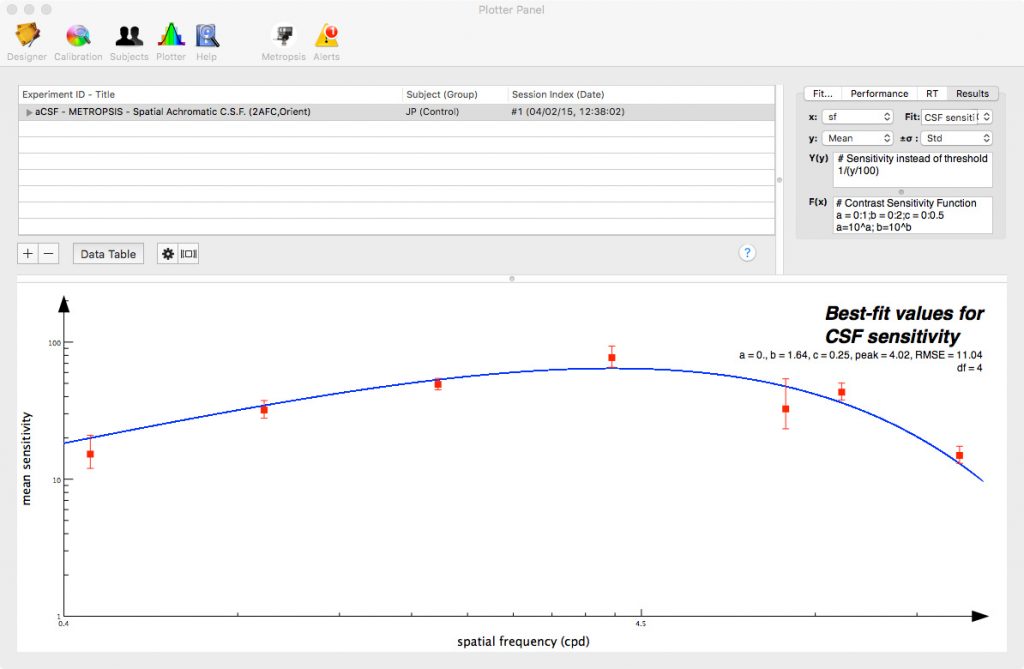
Additional information, such as peak sensitivity, cut-off frequency, or area under the curve, can be obtained by assessing the Metropsis software installed on the iMac (see for example Figure 10).
Measuring the CSF at different light levels
It has been demonstrated that the contrast sensitivity function of AMD patients is significantly depressed at mid-to-high spatial frequencies. This sensitivity is even more reduced at dim light levels.
The Metropsis system can measure the CSF at photopic, mesopic and scotopic light levels. The lower light levels are achieved by simply adjusting the wide dynamic range backlight of the Display++ UHD monitor without the need for neutral density filters.
At photopic light levels, rods are saturated or desensitised, thus the CSF measurements represent primarily the sensitivity of cones. Conversely, cones are insensitive at scotopic light levels, and thus at these levels the CSF is uniquely due to rods. At mesopic light levels, both rods and cones contribute to the CSF.
In summary, by measuring the CSF at different light levels it is possible to isolate and characterise responses of different classes of photoreceptor.
Can I measure the CSF in young children?
The Metropsis contrast sensitivity test uses a non-invasive psychophysical method to assess contrast sensitivity. According to this method, a stimulus is displayed onto the screen and the observer is instructed to perform a visual task that will reflect how well they see the stimulus. In particular, the observer will report whether a grating is oriented vertically or horizontally by pressing either of two keys on a response box.
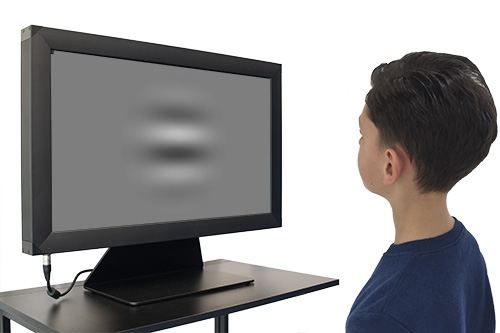
The task is very simple and can be performed by children as young as 5. During the test, children are allowed to take breaks, if necessary. The investigator can easily customise the overall duration of the test and the number of breaks taken to facilitate compliance from less cooperative observers.
Go to more information on the visual assessment in children using Metropsis.
Can I measure the CSF with the Pelli-Robson charts?
Metropsis can measure contrast sensitivity with electronic versions of the Pelli-Robson charts, as illustrated in Figure 12.
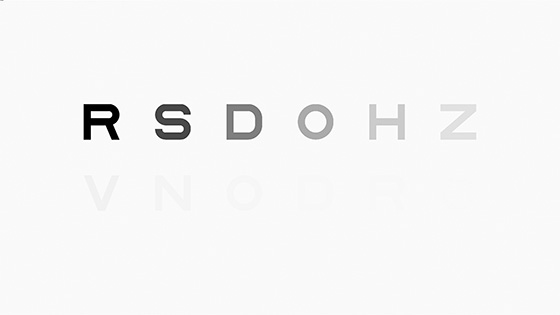
There are several advantages of using the electronic charts over printed charts:
1) Each chart is quickly presented and the letters’ order is automatically randomised.
2) The investigator can choose whether to run the test at the default spatial frequency of 2 cycles per degree or whether to test additional frequencies as well.
3) The additional spatial frequencies can be customised by the investigator.
4) The investigator scores the answers electronically to reduce possible operator’s errors.
Measuring the CSF in other ophthalmic conditions
The Metropsis contrast sensitivity test can also be used in other ophthalmic conditions including myopia, cataract, ocular scatter, age-related macular degeneration, ocular hypertension, glaucoma and dry eye. A loss in contrast sensitivity has also been found in some neurological conditions, such as: multiple sclerosis, Parkinson’s disease, cerebral lesions, and schizophrenia. There is also evidence of a decrease in contrast sensitivity as a side effect of prescription drugs.
References
2Ross JE, Clarke DD, Bron AJ. Effect of age on contrast sensitivity function: uniocular and binocular findings. Br J Ophthalmol. 1985; 69: 51–56.
3Curcio CA, Millican CL, Allen KA, Kalina RE. Aging of the human photoreceptor mosaic: evidence for selective vulnerability of rods in central retina. Invest Ophthalmol Vis Sci. 1993; 34: 3278–3296.
4Gao H, Hollyfield JG. Aging of the human retina. differential loss of neurons and retinal pigment epithelial cells. Invest Ophthalmol Vis Sci. 1992; 33: 1–17.
5Curcio CA, Medeiros NE, Millican CL. Photoreceptor loss in age-related macular degeneration. Invest Ophthalmol Vis Sci. 1996; 37; 1236–1249.
